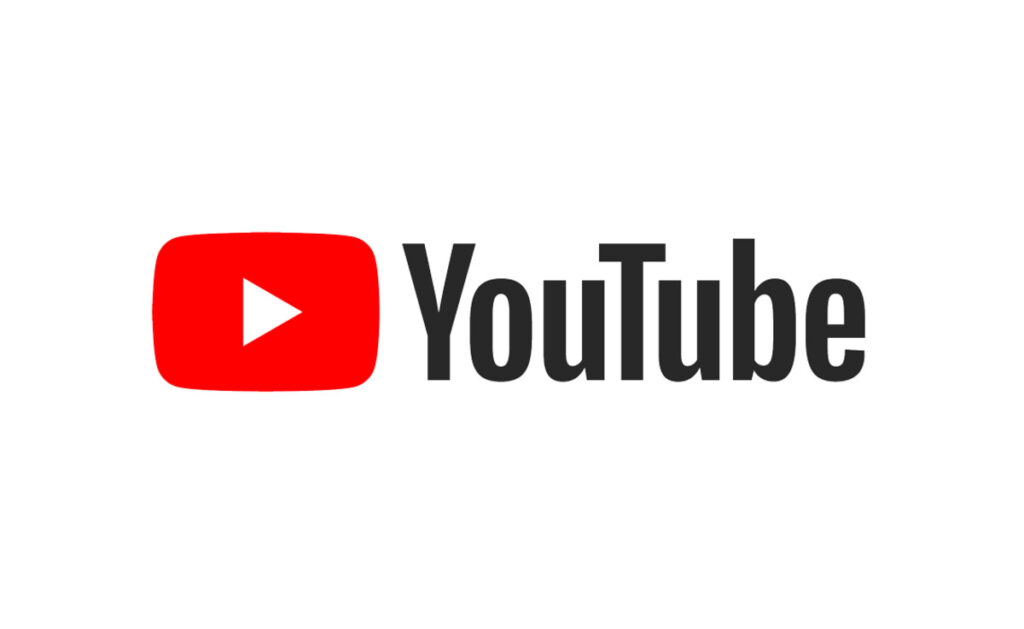
YouTube will be the most popular platform for Everyone. YouTube is the most popular video platform and search engine, but that doesn’t mean it can’t be used for certain uses.
Due to the increasing number of ads per video and algorithmic interference with uploaded videos, many YouTube creators are exploring other options.
YouTube has been the most popular online video platform. The platform has more than 2 billion users who log in monthly. It also hosts billions of hours worth of video that is watched every month by its global audience.
Competitors of YouTube
YouTube is competing in many different areas. Twitter, Instagram and Facebook are now competitors to native video as a social video-sharing platform.
Over the last couple of years these platforms have placed more emphasis on video. In 2018, Facebook released FacebookWatch, a customized video-centric feed that each user can customize. Instagram also offers native video uploads, while Twitter launched IGTV last.
If you are only talking about video hosting platforms, there is Dailymotion, which is free, and premium solutions such as Wistia and Vimeo.
The Best Free YouTube Alternatives
We’ve compiled a comprehensive list of YouTube alternatives that are free for content creators as well as businesses.
1. Dailymotion
It allows you to share and upload your videos with an established audience. It can be used to create a channel, gain followers, and earn money through shared advertising revenue.
Sounds familiar? This is YouTube at its closest, but it’s not the same thing.
Advantages
- Unlimited video uploads
- Upload support for HD video up to 2GB and 60 minutes in length
- Support for 4K video uploads & playback
- Sleek embedded video player
- Advertisements can make money for creators
Disadvantages
- Smaller audience
- Advertisements on all videos, even those of non-partner channels
Audience
When choosing a YouTube alternative, it is important to think about the audience size of content creators and marketers.
Dailymotion claims that it has 300 million users. Because of the number of unique visitors they receive each month, it is likely that they are referring to an average 300 million.
Is Dailymotion better than YouTube?
YouTube supports high file uploads, larger files, and exact resolution videos. YouTube has a larger audience and is more likely to be recommended or listed in search engines.
Dailymotion is not as competitive. You can reach a thousand views within 24 hours and your video will be promoted, as we have already covered. YouTube’s larger platform would not allow you to reach that number.
If you have a small audience, Dailymotion might be worth considering as a distribution channel for your videos. Dailymotion users will be more likely to share your videos.
2. Vimeo
Vimeo offers video hosting tools, including collaboration, sharing, compression, lead generation and other features.
It is a platform that has a large user base, which focuses on certain niches. This makes it a viable audience-building platform for creators and businesses.
Advantages
- Support for 4K video uploads and playback
- Live streaming support
- HTML embeds fully customizable
- Engaged user base
Disadvantages
- You can only upload 500MB per week to the free plan
- Video size limit for free users: 500 MB
- Creators have no ad revenue potential
For streaming Articles click below links
https://www.launchora.com/story/how-to-choose-right-streaming-platform
Audience
Vimeo boasts over 200 million users. This is just shy of 9% for YouTube’s total audience.
Vimeo, however, is not like Dailymotion. Vimeo has a core group of active users who maintain a vibrant community.
YouTube is home for many creators who cover a variety of topics and genres, from sports to travel to DIY to gaming but the most popular Vimeo videos fall within a few categories.
Is Vimeo better than YouTube?
Vimeo may be better than YouTube for some creators and businesses.
It’s close-knit community is perfect for anyone who runs a video production business or is an amateur videographer. It’s easier to get traction and views with a smaller audience.
A lot of industry professionals prefer Vimeo player so upload your show reel to it. Vimeo is also a better option than YouTube for business owners who need a video hosting site.
3. Facebook Watch
Facebook doubled its efforts in video over the last few years. It is a new feature that allows users to browse and view trending videos based upon their interests and past viewing history.
Although the interface is different than YouTube, it often shares content with its audience. Facebook is now a fully-fledged competitor within the video sharing/hosting space.
Advantages
- YouTube has a larger potential audience and reach.
- Native video sharing via Facebook
- Earn money by placing ads
- Supports files unto 10GB and 4 hours in length
- Custom audiences for retargeting campaigns
- Livestreaming
Disadvantages
- Capped maximum resolution at 1080p
- Clunky embeds
Audience
Facebook has more users than YouTube, with nearly 3 billion active monthly users.
Although video sharing is not the main purpose of Facebook, it has become an important part of the user experience. Check out your timeline to see the results, or check out the most recent Facebook statistics.
Facebook video publishers have exceeded 3,000,000 views in one month. Some, such as LADbible started their audience entirely through Facebook.
4. Twitter Video
The Twitter is another social media platform is all about video. Twitter Live was launched more than three years ago. Since then, they have been covering sporting events on a regular basis. Twitter users can also upload videos and start live streams on the platform.
Advantages
- Native video sharing via Twitter
- Low-fi videos do well
- Livestreaming
Disadvantages
- Maximum video length is 140 seconds
- Maximum resolution is 1200p
5. IG TV
The IGTV is Instagram’s video-sharing platform. It was created as a mobile-first environment.
This was released in 2018 and is more of a spiritual successor to Vine than an attack on YouTube. It can still be an alternative for creators and businesses that aren’t getting any traction on YouTube.
Advantages
- Native video sharing via Instagram
- Native mobile video formats fully supported
- Low-fi videos do well
Disadvantages
- Regular accounts should be opened within 10 minutes
- Application restrictions
6. DTube
DTube, a YouTube alternative, uses blockchain technology to share videos between peer to peer.
Decentralized means there is less chance of server failure interfering with your video.
The platform supports free speech, opposes AI-based censorship by YouTube. All video creators can earn DTube cryptocurrency for their successful videos. Instead of uploading videos to the IPFS, you can share videos hosted elsewhere.
Advantages
- There is no censorship
- Earn cryptocurrency
Disadvantages
- Small audience
- Interface is clunky
Conclusion
YouTube will not be only video sharing and hosting platform. There are many options.
There are significant players such as IGTV and Facebook Watch. These platforms allow for video sharing and growing a presence on social media. Spotlightr, Wistia and Vimeo are all options for professional video hosting.



